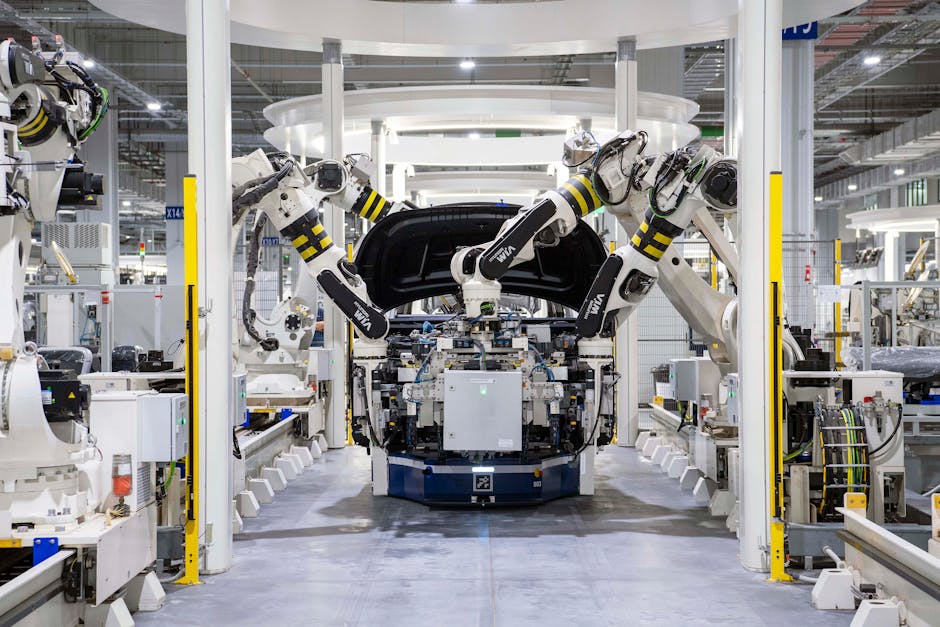Several years ago I created a video about Loop point Automation in Renoise. The basic idea was to have control over loop movement as it plays on a waveform, something that I’ve wanted.
Since back in the Protracker days on the Amiga, Now I’ve created a tool for Renoise that’s, actually a better version of that idea, and the first proper release is available for download Instead of loop points, it uses slice markers which offers two major Advantages: The first involves how the audio playback responds when the loop is changed With loop points.
Moving them around gives no response at all With slice markers, however, moving the start.
Marker causes changes in the playback and if the slice is being retriggered with Rx in the volume or panning column, then playback will also respond to movement of the end marker.
The retrigger is applied to an instrument through a simple repeating phrase.
When using this tool, you’ll find that it comes with a set of phrases that affect playback in different ways, as explained by their names.
Hopefully, these examples can inspire you to create your own particular style of sample loop.
So what actually happens when you initially press Set Markers? The phrases are added.
A new FX Chain is created which we’ll come to in a minute, and the two slice markers are inserted at the Origins.
The Origin values represent the point on the waveform that a marker will move out from The distance that a marker can move out from this Origin. Point is set by the Range value.
The reason it’s controlled like this is so that, when moving a marker with the slider, the resolution of that movement can be changed with the Range Need.
More precision Use.
A smaller Range Need to move across the entire sample, Make the Range as high as possible.
What, if you need to move a marker, a large distance but then move with precision Well, activating’Set Markers’again will set the current marker positions as the new Origin points.
I say’activating’instead of’press, the button’because, as with the other tool, GUI controls’Set Markers’can also be used from within the instrument.’s new FX Chain.

There’s a couple of very good reasons for having these two separate sets of controls.
First, when making changes via the FX Chain, you can’t see what’s happening on the Waveform view.
So having the controls always available elsewhere is essential By the way the tool GUI and Instrument Selector are linked by default.
But if you need to work on one instrument in Renoise while controlling another with the tool, then you can disable the link here. The second reason for two sets of controls is that, by having them available in an FX Chain as part of Renoise itself, they can be automated.
This can happen either in the Effects section of the instrument or they can be assigned to macros and then controlled during song, playback by effect commands or graphical automation.
Please note, though, that there is a device in the FX Chain named DON T CHANGE, AUTOMATE, So don t or you ll get errors and the tool could break.
I won’t explain everything about the tool here.
It’s best to just play around with the various options and see what you come up with, But there are some important things worth pointing out.
First, there s no save files.
Everything is calculated from the available data.
This means, when sharing any songs or instruments that make use of this tool, they will work for anyone else that has it installed By default, the markers will stay at least one sample apart from each other.
This doesn’t always give the best sounding results, which makes the Minimum Slice Size option incredibly useful.
Next, don’t forget that slices have their own loop points, which you can move to create loops within loops And changing the loop type can have different effects. That will be most apparent on very small slices And, finally, when you move the markers by hand in the Waveform view and place them on top of each other, this can sometimes cause the sound to stop This results from having to deal with that situation through the Api, so it’s, not a limitation that can be overcome At the start of this video, I mentioned that there were two advantages to using slice markers instead of loop points.
The second is that with loop points, there’s only two of them, the start and the end, But with slice markers there can be up to 256 of them A bit much for this tool, but a future version could make use of 8 markers and have Those directly controlled through the instrument macros .
